There’s a new trend in town. Camera manufacturers are sacrificing important capabilities for the sake of 8K. Is trading crucial factors like dynamic range and image quality for more pixels legit? Well, if your goal is to engrave the 8K symbol on the camera, then yes, it is. However, cinematography-wise, it’s not always worth it.
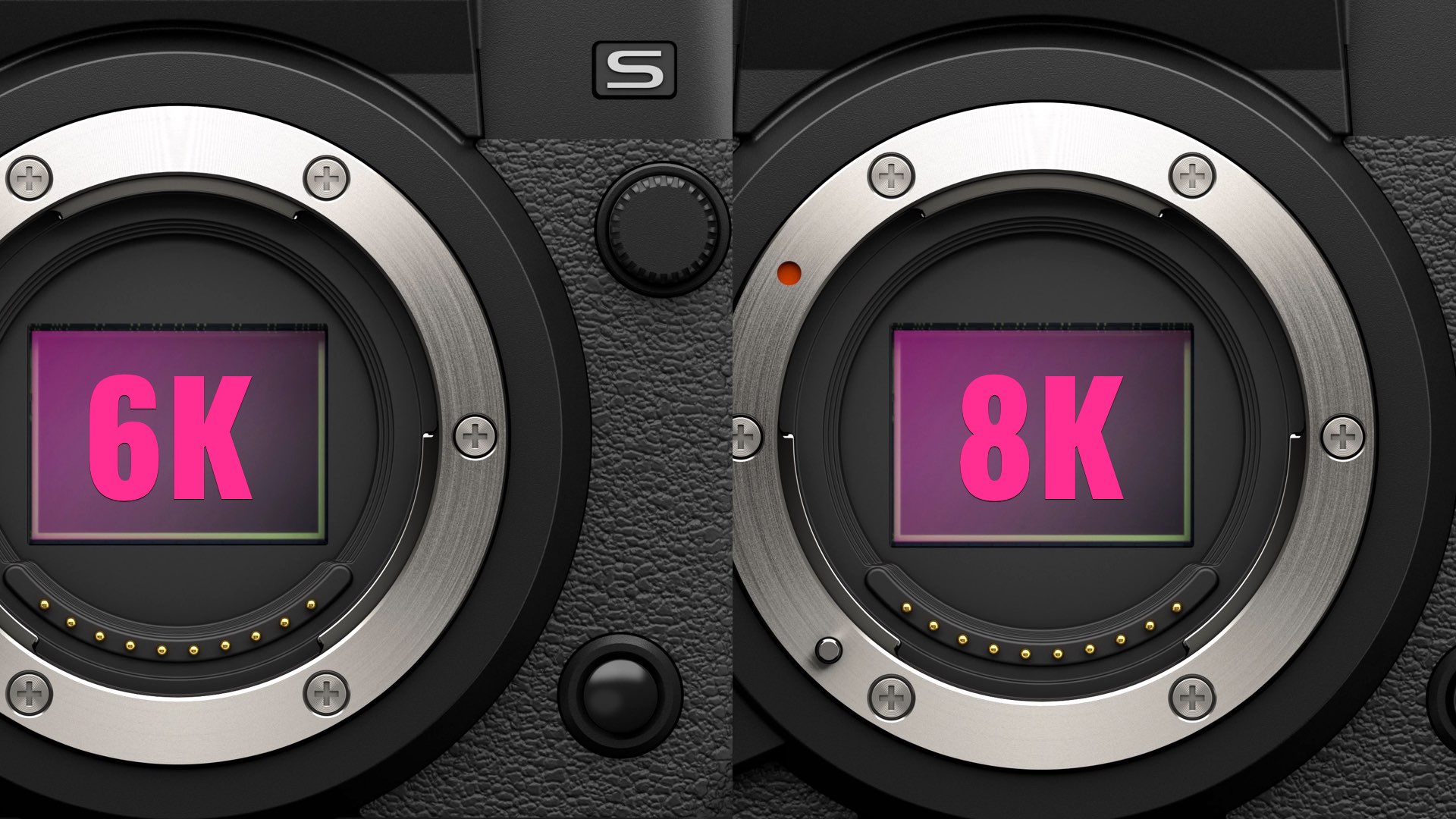
“8K”: A strong symbol for PR
No, you don’t really need 8K. Yes, 8K has some advantages, like cropping, better post stabilization, image preservation, future-proof imagery, VFX, advanced streaming, and more. But this is for the high-end market, and for very certain projects. And with a condition that 8K-ing won’t reduce other capabilities of the camera. Nevertheless, the most recent announcement from Fujinon constitutes a solid reference for that tradeoff. It reminds us of the Blackmagic URSA 12K, which owns a lower dynamic range compared to the 4.6K. Less DR for more resolution. Is it worth it? We personally don’t think so.
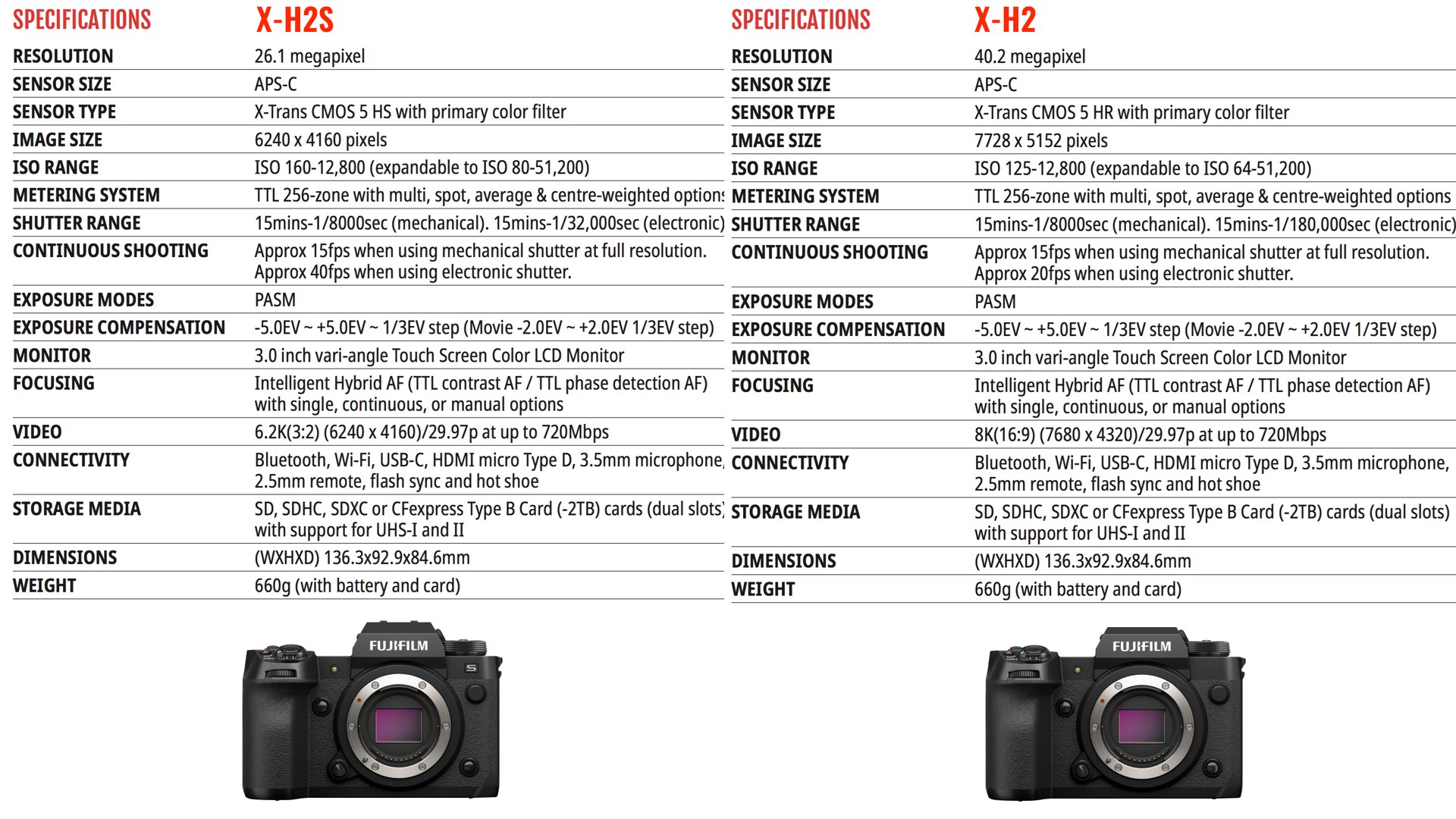
FUJIFILM X-H2S vs X-H2
The FUJIFILM X- H2S is the first APS-C camera with a stacked, back-side illuminated sensor. The camera has a 6.2K resolution and is suited for hybrid photographers and independent professional video users who want high-performance still and video features. X-H2S includes Fujifilm’s 26.16MP X-Trans CMOS 5 HS imaging sensor, the first APS-C digital camera of stacked, back-side illuminated imaging sensor with a signal reading speed up to four times faster than Fujifilm’s previous X-Trans CMOS 4. The X-H2S was introduced in May 2022 with a price tag of $2,500. On the other hand, the X-H2 which was released a few days ago features the new, back-illuminated 40.2MP X-Trans CMOS 5 sensor and it’s the first APS-C camera to enable 8K/30P Apple ProRes internal recording. However, the X-H2 has a lower dynamic range and lower readout which leads to more rolling shutter artifacts. Explore the slide above which shows the X-H2S vs. X-H2 specs side by side:
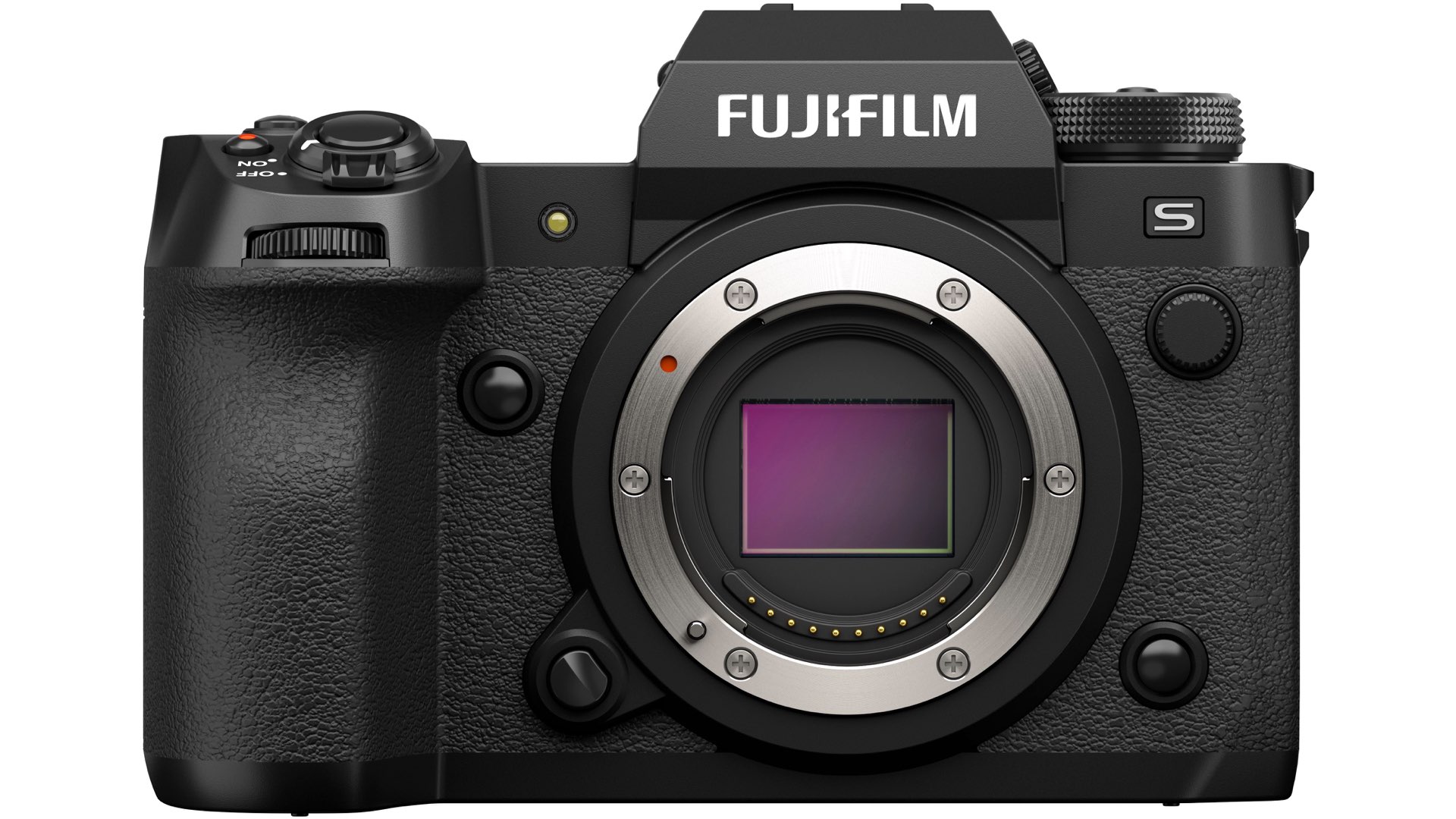
The 8K model is cheaper
As it may sound strange, the 8K model is that case is cheaper than the model with lower resolution. The X-H2S costs $2,500 whereas the recently launched X-H2 with the 8K resolution costs $2,000. Fujinon offers the 8K model as a lower-end model between the two, It seems that Fujinon was determined to develop an 8K camera no matter what. Nevertheless, the company understands the advantage of the 8K title/symbol and its effect on marketing. Explore the slide below with the tradeoffs marked in the 8K model compared to the lower resolution model:
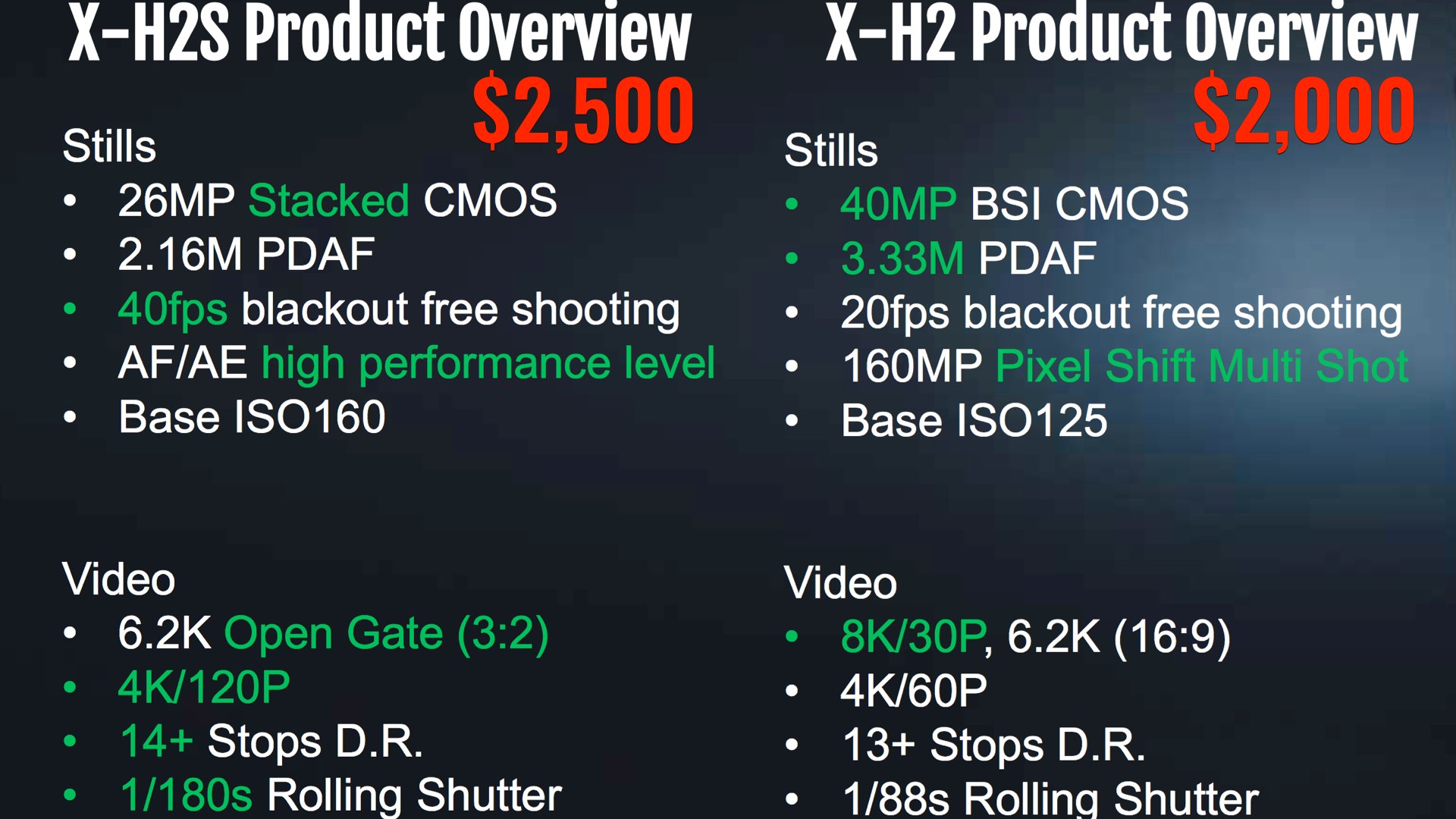
More resolution: Less DR, more rolling shutter
As you can notice, these tradeoffs are important factors in filmmaking. Basically, the factors that have been negatively impacted are DR (Dynamic Range), and rolling shutter. These are extremely important when shooting videos. But hey… we have 8K!
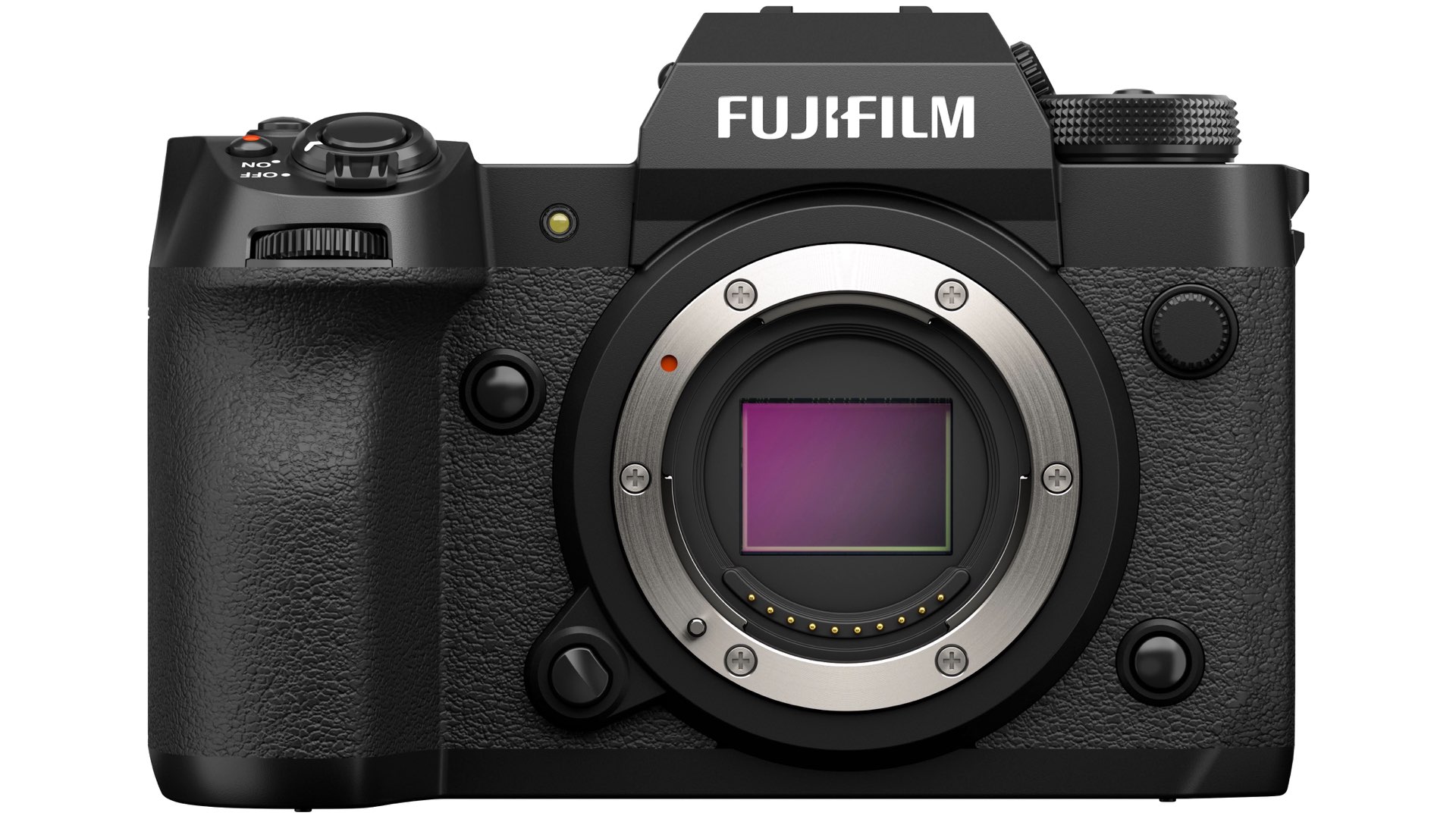
Closing thoughts
RED has started all of this, and we’re talking about the pursuit of 8K resolution. Since then, 8K is less relevant for filmmaking and more relevant to marketing tricks, keywords, and a cool engraving on the camera body. What’s your opinion on sacrificing important camera capabilities for the sake of 8K? Feel free to throw your thoughts in the comments section below.
Get the best gift for filmmakers!
- Y.M.CINEMA 65 – Stainless steel art piece of 65mm motion picture camera

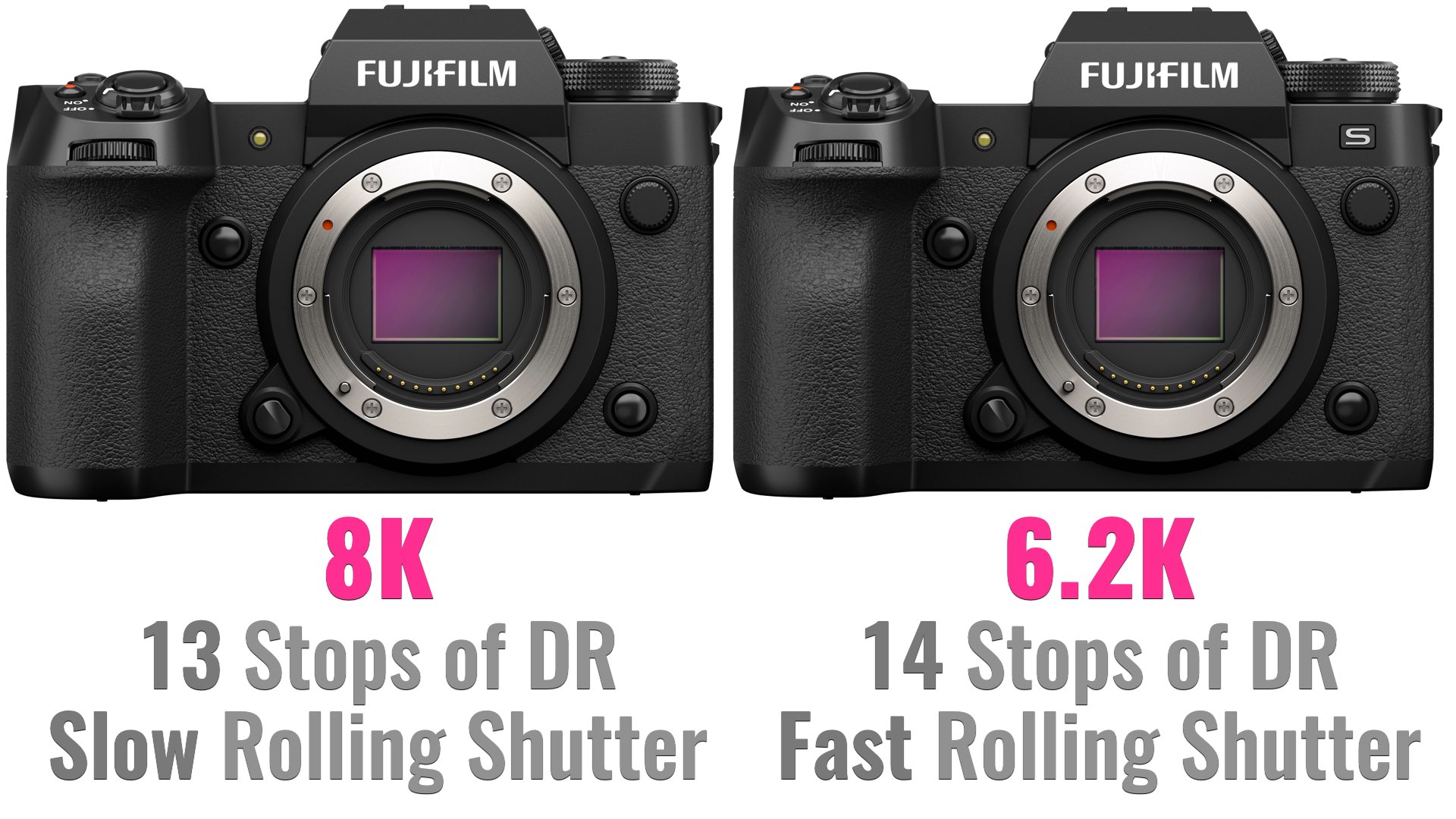
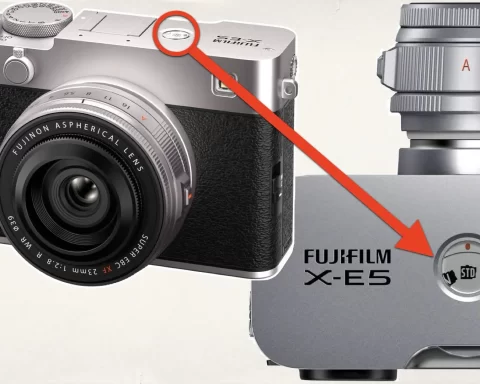
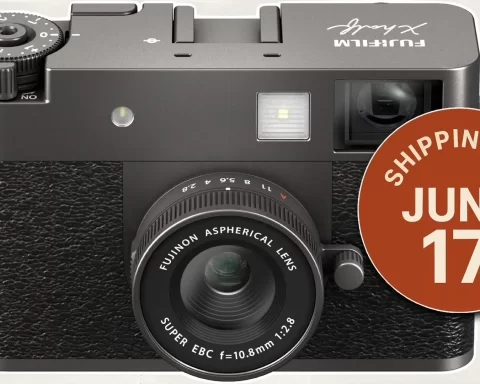
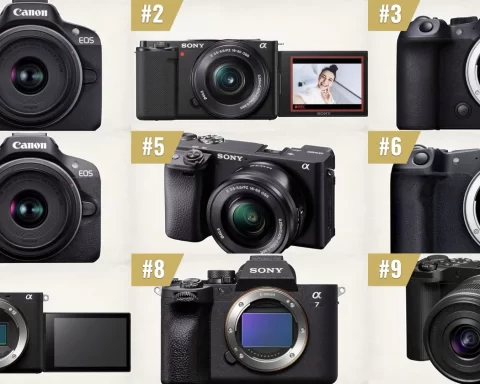
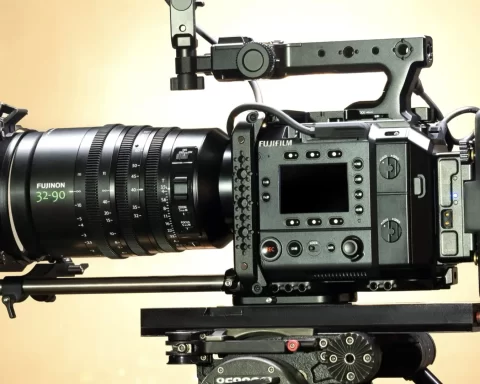
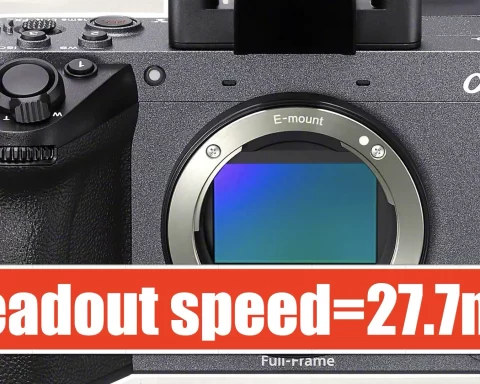


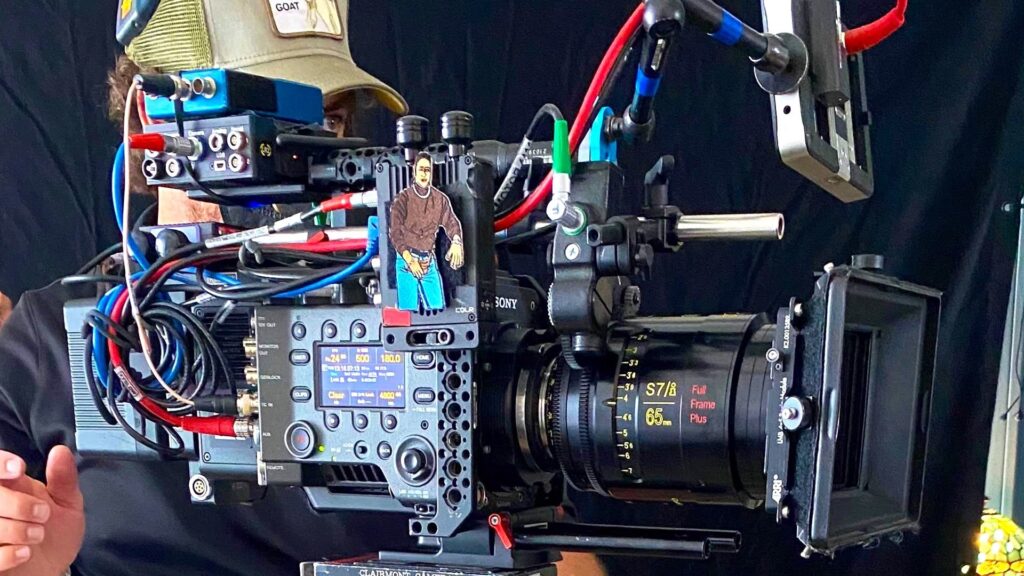
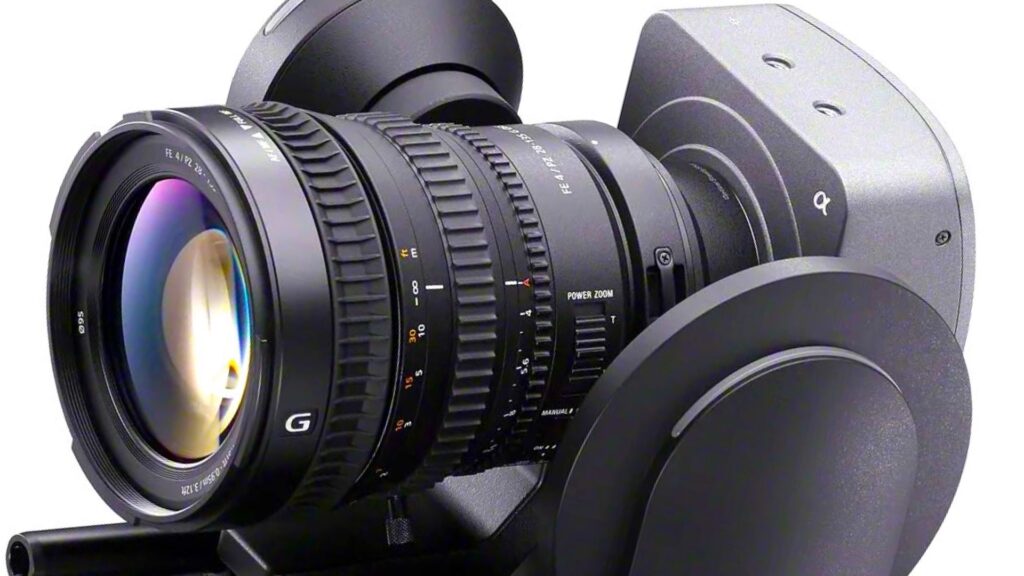
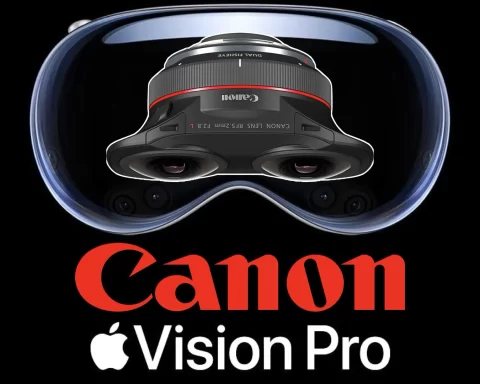



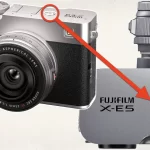

I wouldn’t trade my BMPCC4K for an 8K machine.
Color resolution is more important than pixel resolution for image quality. Anything else are numbers for uncultured consumers.
I think Arri has navigated this back and forth best by focusing on image quality. I can use their 1080p classic and make better images than 90% of 8k cameras
The 8.2K Sony Venice has the best rolling shutter performance of any high end cinema camera (3ms). The 6K Komodo has over 12-1/2 stops of dynamic range and zero rolling shutter, which is more than many 4K cinema cameras. The Pocket cameras trade dynamic range for sensor readout speed, they’ve got mediocre rolling shutter performance, the colors look like video and DR range falls off a cliff at higher than base ISO.
Blackmagic Pocket Cinema Camera 6K (Pro/G2):
6K – 19,73 ms
6K 2,4:1 – 14,61 ms
5.7K – 16.26ms
4K – 15,79 ms
3,7K anamorfico – 16,42 ms
2,8K – 7,98 ms
Blackmagic Pocket Cinema Camera 4K:
4K – 16,22 ms
4K 2,4:1 – 12,91 ms
2,8K anamorfico – 12,00 ms
2,6K 16:9 (S16) – 7,98 ms
2K – 7,83 ms
comparing these shutters with other much more expensive mirrorless cams, I don’t think it is as disastrous as described …
The rolling shutter performance you just shared is the very definition of mediocre.